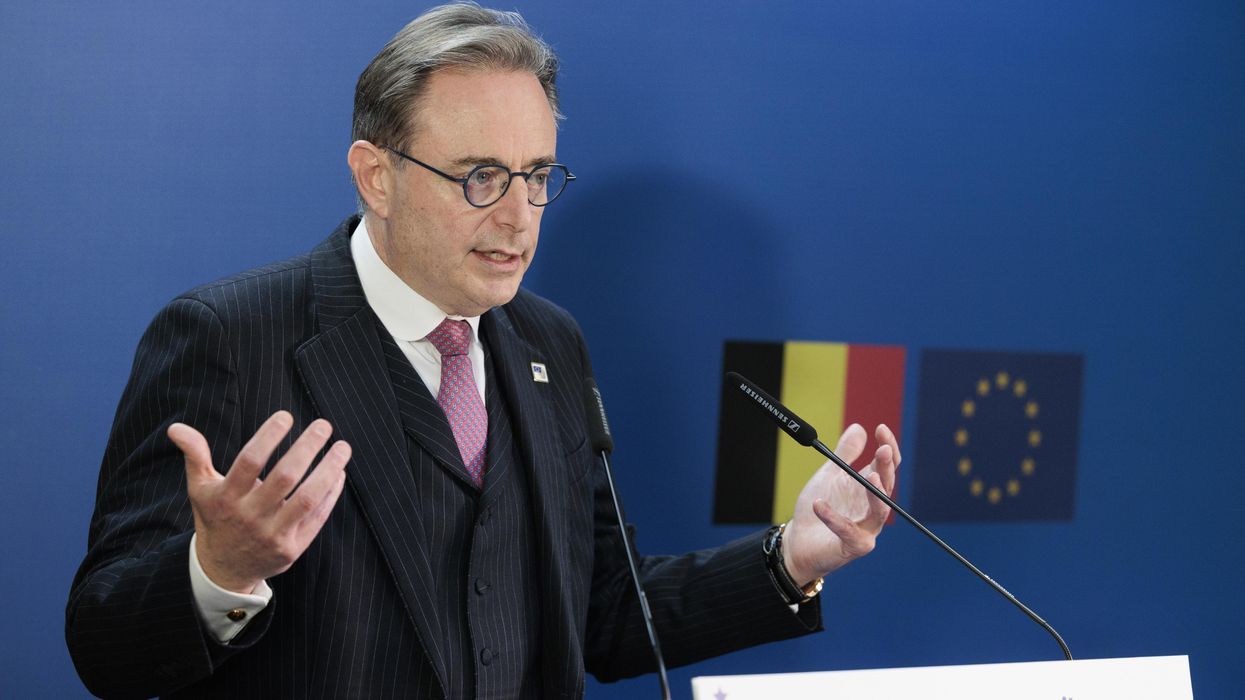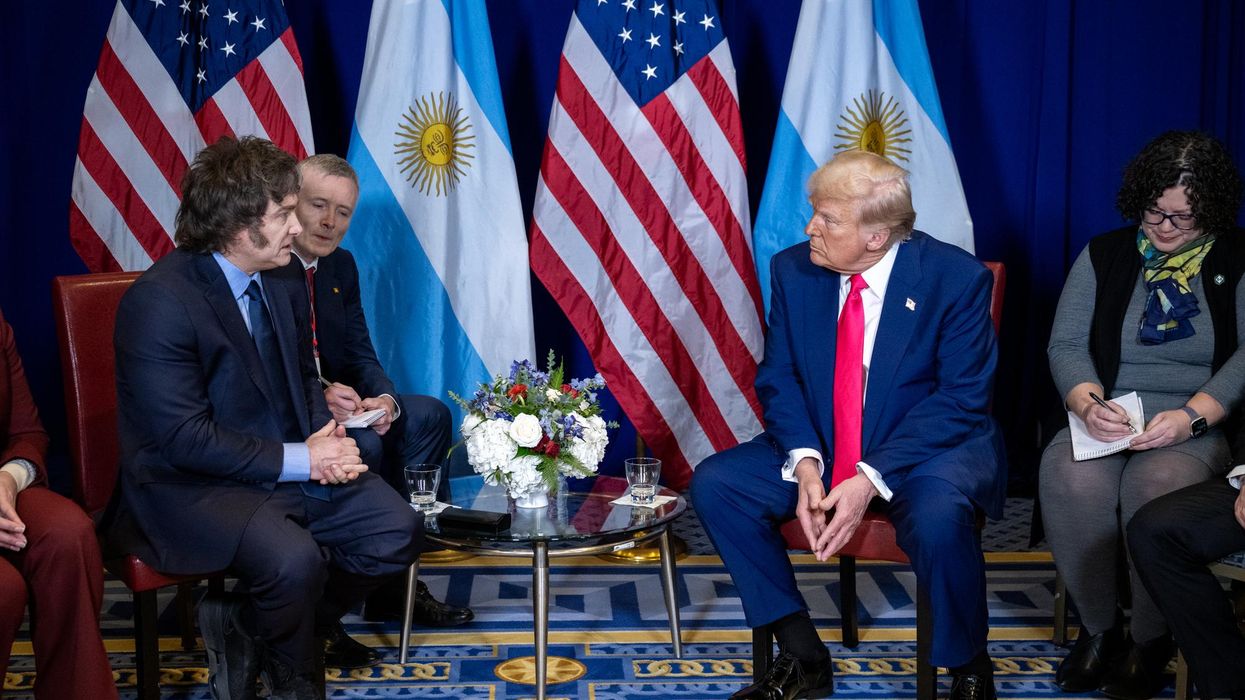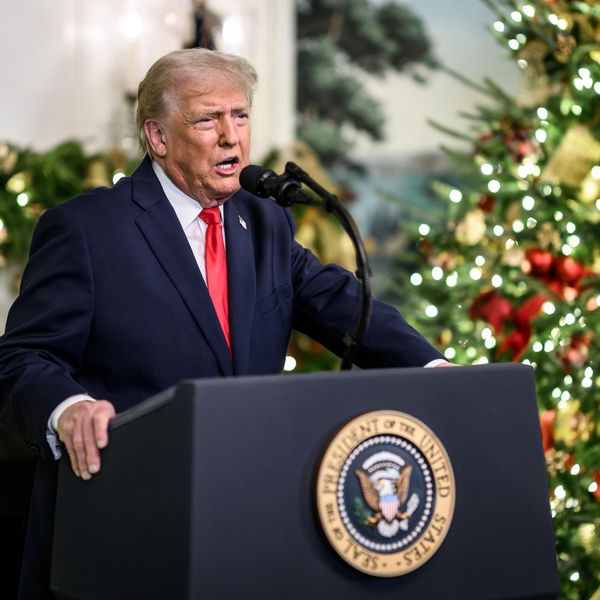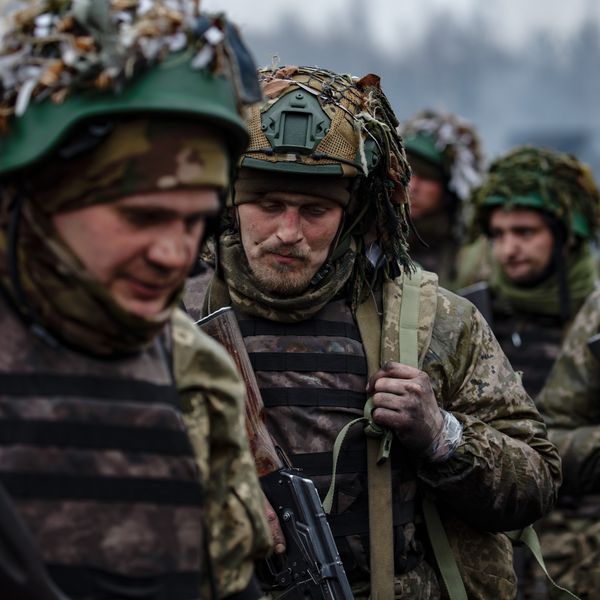Aside from the horrendous loss of life, limb and land, the greatest danger of the war in Ukraine has been the threat of nuclear weapons and the risk that NATO could get drawn into a third world war. President Joe Biden has promised — repeatedly — that won’t happen.
But while NATO has so far avoided being drawn into a war with Russia and World War III on the Russian-Ukrainian border, things are threatening to go sideways on the Poland-Belarus border right now.
On the Belarusian side, the military has started drills along its border with NATO members Poland and Lithuania. In addition, there were reportedly upwards of 10,000 Russian Wagner Group forces headed to Belarus in July (according to a Wagner commander) and their mercenaries are training Belarusian special forces just a few miles from the boundary. On the Polish side, troops are are massing in response, and officials in Warsaw have accused Belarus of hosting “redeployed” Wagner forces “to NATO’s eastern flank to destabilize it.”
Meanwhile the Poles accused Belarus military helicopters of violating Polish airspace last week. Belarus denied this, and charged Poland with fabricating the incident to justify the build up of Polish troops on the border. “We call on the Polish side not to escalate the situation and not use it to militarize the border area,” Belarusian ministry spokesman Anatoly Glaz said at the time.
Tensions are rising high enough to see how one match might set the tinderbox aflame.
“Our response to the provocation is to increase the size of the Polish Army on the eastern border of the country by redeploying troops from the west,” Poland’s defense minister Mariusz Blaszczak said last Thursday. “In accordance with the applicable law, soldiers in a specific situation can use weapons. They are not defenseless.”
Poland is now considering closing its border with Belarus partly out of concern that Wagner fighters could cross into Poland disguised as immigrants or use refugees to stage provocations. Russia, for its part, is warning against Polish attacks on the pretext of a Belarusian provocation. Russian President Putin has said “launching an aggression against Belarus would mean launching an aggression against the Russian Federation. We will respond to that with all the resources available to us.”
That kind of Russian response could conceivably trigger the alliance’s Article 5 obligations.
Experts don’t think either side wants to make the first move, however. Alexander Hill, professor of military history at the University of Calgary, told RS that, based on the limited information available, “it seems highly unlikely that Wagner will be involved in any sort of incursions . . . into Polish territory from (Belarus).”
It wasn't long ago that Anders Rasmussen, former NATO chief and now current adviser to Ukrainian President Zelensky, suggested a "coalition of the willing" to fight on behalf of Ukraine.
"If NATO cannot agree on a clear path forward for Ukraine, there is a clear possibility that some countries individually might take action," he said before the July Vilnius summit. "We know that Poland is very engaged in providing concrete assistance to Ukraine. And I wouldn’t exclude the possibility that Poland would engage even stronger in this context on a national basis and be followed by the Baltic states, maybe including the possibility of troops on the ground."
But Anatol Lieven, director of the Eurasian Program at the Quincy Institute, said Poland would not likely “make the first move, as this would be deeply unpopular with most other NATO countries.”
Geoffrey Roberts, professor emeritus of history at University College Cork, told RS that it is hard to see “Poland doing anything without the full support and go-ahead of the U.S. A Polish move against Belarus would mean war with Russia, and that won’t be Warsaw’s call.”
Given the disincentives for either side to strike first, there is the possibility that the troop movements, military drilling and public statements are intended to be deterrents. We can only hope that a miscommunication, an accident or some other spark doesn’t trigger action among these two armed contingents now aiming guns at one another over miles of border.
















